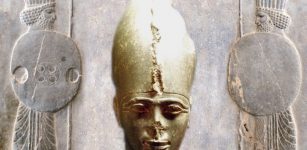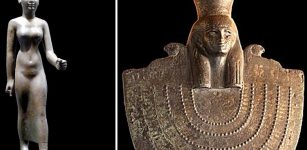Stones Of Rajajil – Sophisticated Road Markers Or An Ancient Astronomical Observatory?
MessageToEagle.com – Why are the 50 groups of about five pillars each clustered on the edge of the Nafud desert in northwestern Saudi Arabia?
Were they sophisticated ancient landmarks for trade routes or some kind of an ancient astronomical observatory?
Placed on a lonely hillside, the stones of Rajajil, are sometimes referred to as the ‘Standing Men’, or ‘Standing Stones’. They were erected by ancient people who lived in this region of the peninsula more than 6,000 years ago.
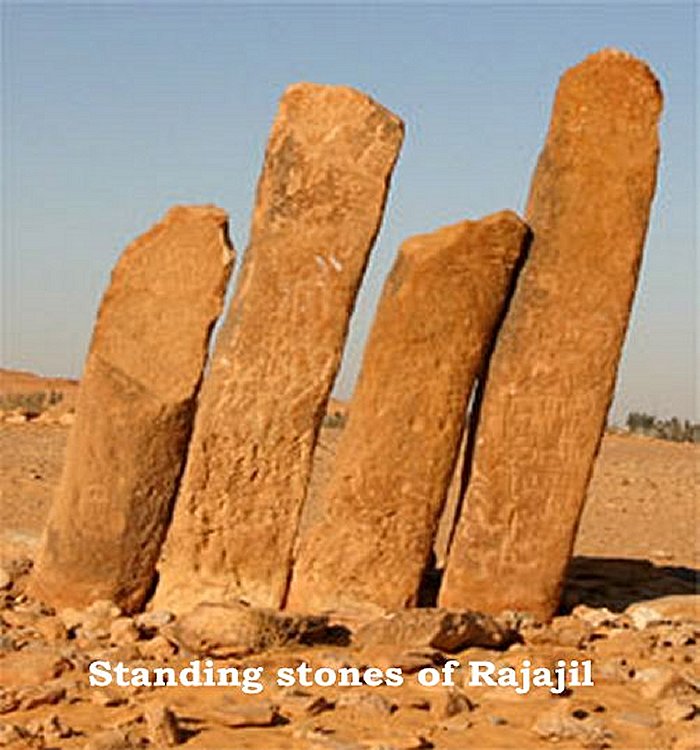
There are 54 groups of stone pillars. Each group contains from two to 19 pillars. As a group, there are more than 30 aligned pillars weighing over 5 tons each.
An aerial view of these clusters of three-meter tall standing stones, reveals that the stones appear to be randomly scattered, and yet, they have been arranged in groups of four or more in a curved manner, and joined at the base. It resembles an alignment to sunrise and sunset.
Many of these old monuments have fallen over and others lean at bizarre random angles.
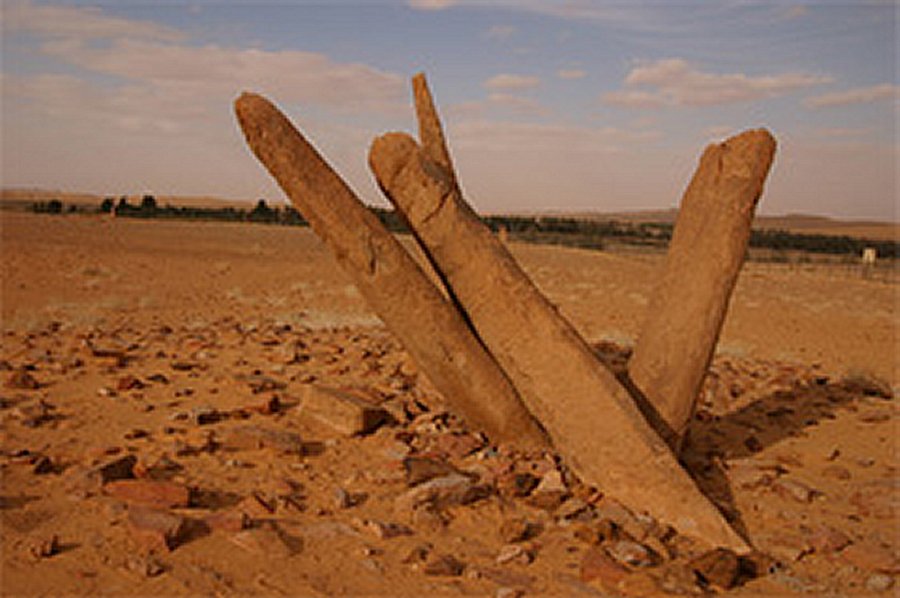
Local legend says that the stones of Rajajil represent a lost tribe, a group of people punished by God for their unfaithfulness. Archaeologists, on the other hand, suggest that the pillars have been placed in order to gauge the movement of the planets and the stars.
In 1977, archaeological diggings at the base of one set of pillars revealed a variety of stone tools such arrowheads and awls, but neither bones of sacrificial animals, offerings nor grave goods.
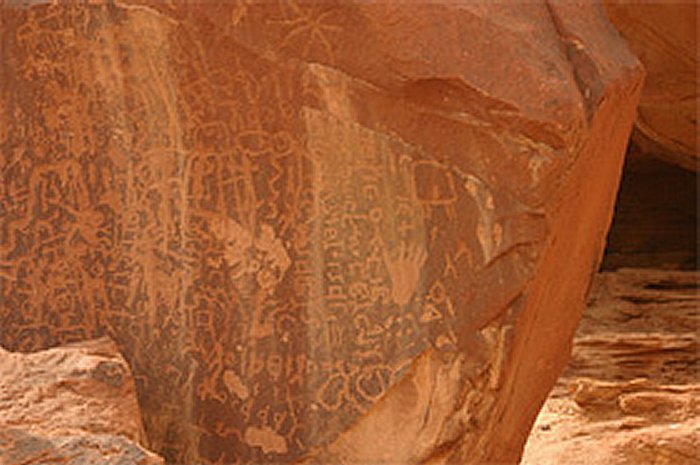
See also:
Mysterious Standing Deer Stones Of Mongolia – Their Purpose And Creators Remain Unknown
Who Built Massive Astronomically Oriented Buildings In The Most Ancient Times?
Mysterious Megalithic Stones Of Carnac, France – An Unsolved Neolithic Enigma
Apparently, the mysterious stones of Rajajil had no religious meaning.
A large number of ancient sites with traces of human occupation in the region dates back to the lower Paleolithic period and there have been discovered many ancient inscriptions in Nabataean and Thamudic (an Ancient North Arabian dialect known from pre-Islamic inscriptions scattered across the Arabian desert and the Sinai).
The area where the stones are situated represents the connecting point between several of the ancient trade highways which connected the Arabian Peninsula, Mesopotamia Egypt and Syria.
The stones of Rajajil are an archaeological mystery.
Copyright © MessageToEagle.com All rights reserved. This material may not be published, broadcast, rewritten or redistributed in whole or part without the express written permission of MessageToEagle.com




